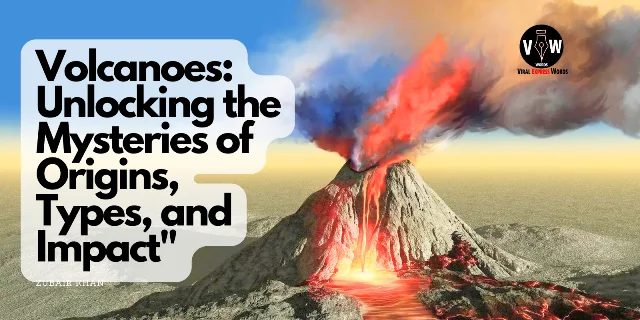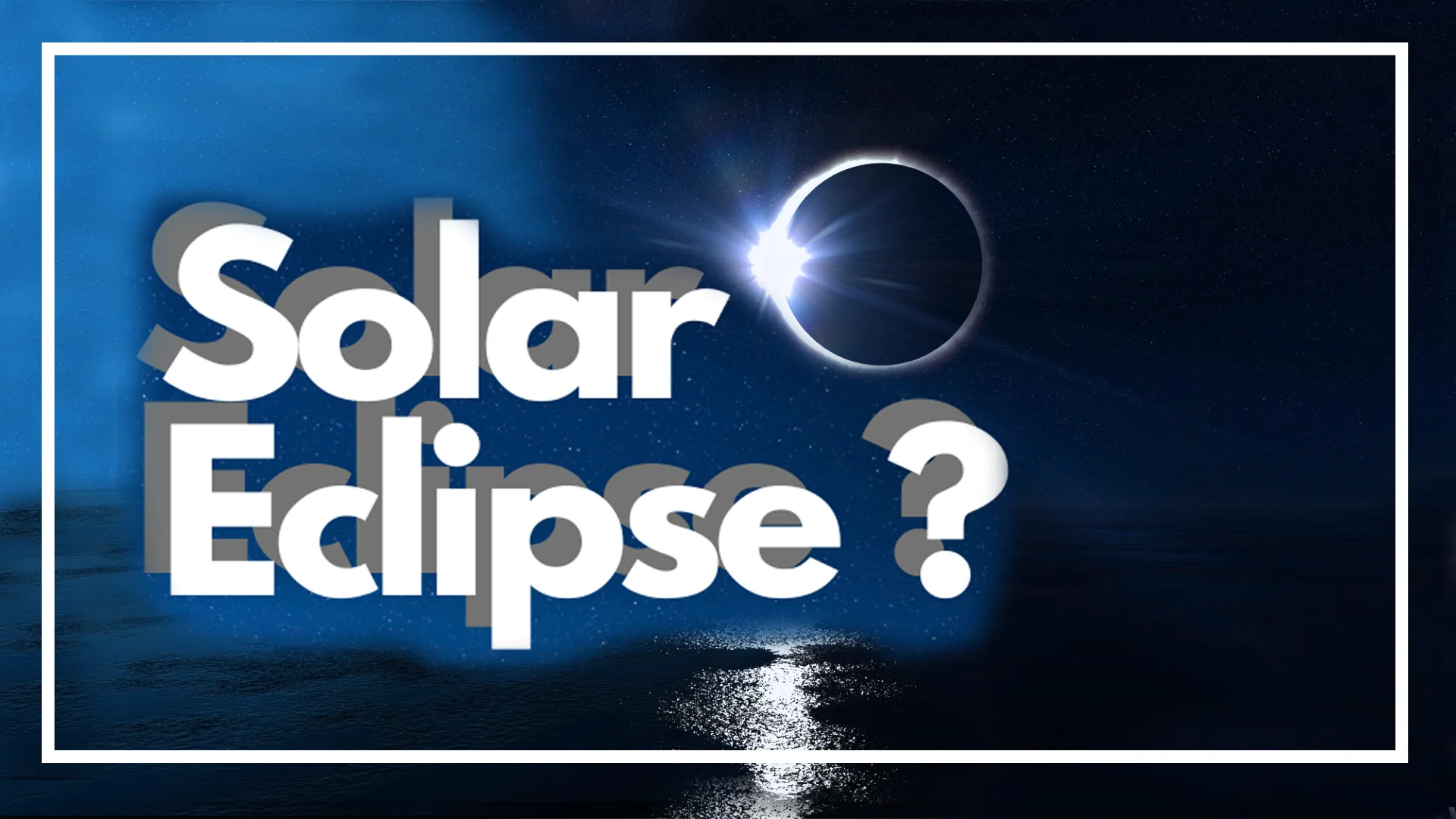![]()
Understanding Volcanoes: Exploring Their Origins and Locations
Introduction
Volcanoes, with their majestic presence and powerful eruptions, have intrigued and fascinated humans for centuries. As we embark on a journey to understand these geological marvels, it becomes essential to explore their origins and locations. In this exploration, we will delve into the depths of Earth’s crust, tracing the intricate processes that give rise to volcanoes, while also examining the diverse landscapes where they make their presence known. Join us as we uncover the mysteries of volcanoes and gain a deeper understanding of their significance in shaping our planet’s dynamic environment.
Origins of Volcanoes:
This development occurs due to tectonic plate movement under Earth’s surface, leading to subduction zones. As a result, magma is created when rock material melts due to heat and pressure. Subsequently, volcanic eruptions occur when magma rises through the crust as lava reaches Earth’s surface.
The Geological Features
Definitely you will like below content.
Spacequakes 
 : Mysteries of Cosmic Tremors Unveiled
: Mysteries of Cosmic Tremors Unveiled
Embracing the Majesty: Exploring the Wonders of a Solar Eclipse
Global Warming: Examining the Effect
Volcanoes: Definition, Types, and Facts
- Volcanoes are geological formations that rise out of the Earth’s surface.
- Shield volcanoes are broad, sloping hills formed by many lava flows.
- Stratovolcanoes, also known as composite volcanoes, are massive, steep-sided volcanoes composed of lava, ash, and volcanic rocks.
- Cinder cone volcanoes: A pile of ash, bombs, and other volcanic material forms these tiny, steep-sided volcanoes.
- It may include lakes and other volcanic phenomena. • Vast, crater-like depressions formed as a magma chamber empties or a volcanic summit collapse.
Conclusion
Eruptions are living examples of how natural processes change the temperature and surface of the Earth. Knowing their origins lowers risks and offers insights into the inner workings of the planet. Understanding the processes that shape our world and the precarious balance between geological forces and human civilization is made easier by studying these traits.
Frequently Asked Questions about Volcanoes:
What is a volcano?
A volcano is a vent in the Earth’s crust through which molten rock, gases, and volcanic ash erupt onto the surface. Volcanoes are primarily formed by the movement of tectonic plates. This movement occurs either through subduction zones where one plate sinks beneath another, or at divergent plate boundaries where plates move apart, allowing magma to rise and create new crust. Volcanoes typically occur along tectonic plate boundaries, like the Pacific Ring of Fire encircling the Pacific Ocean, and at hotspots like the Hawaiian Islands, where intense volcanic activity arises from mantle plumes.
Are all volcanic eruptions explosive?
No, lava vents eruptions vary in explosiveness. Dive into our volcanic guide to discover the fiery allure of volcanoes. Witness gentle lava outpourings and explosive eruptions ejecting ash, gases, and debris into the atmosphere.
What hazards do volcanoes pose?
How do volcanoes impact the environment?
What is the historical significance of volcanic cones?
Why do people call it a volcano?
Read more about: Volcano!

























Add Comment